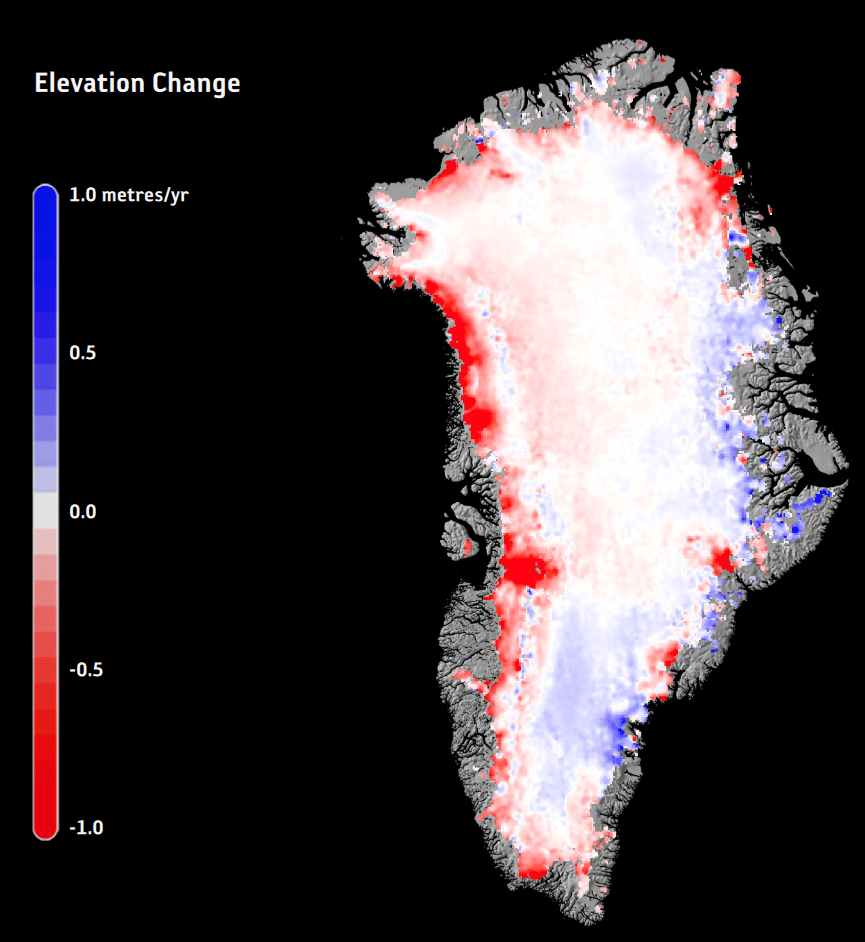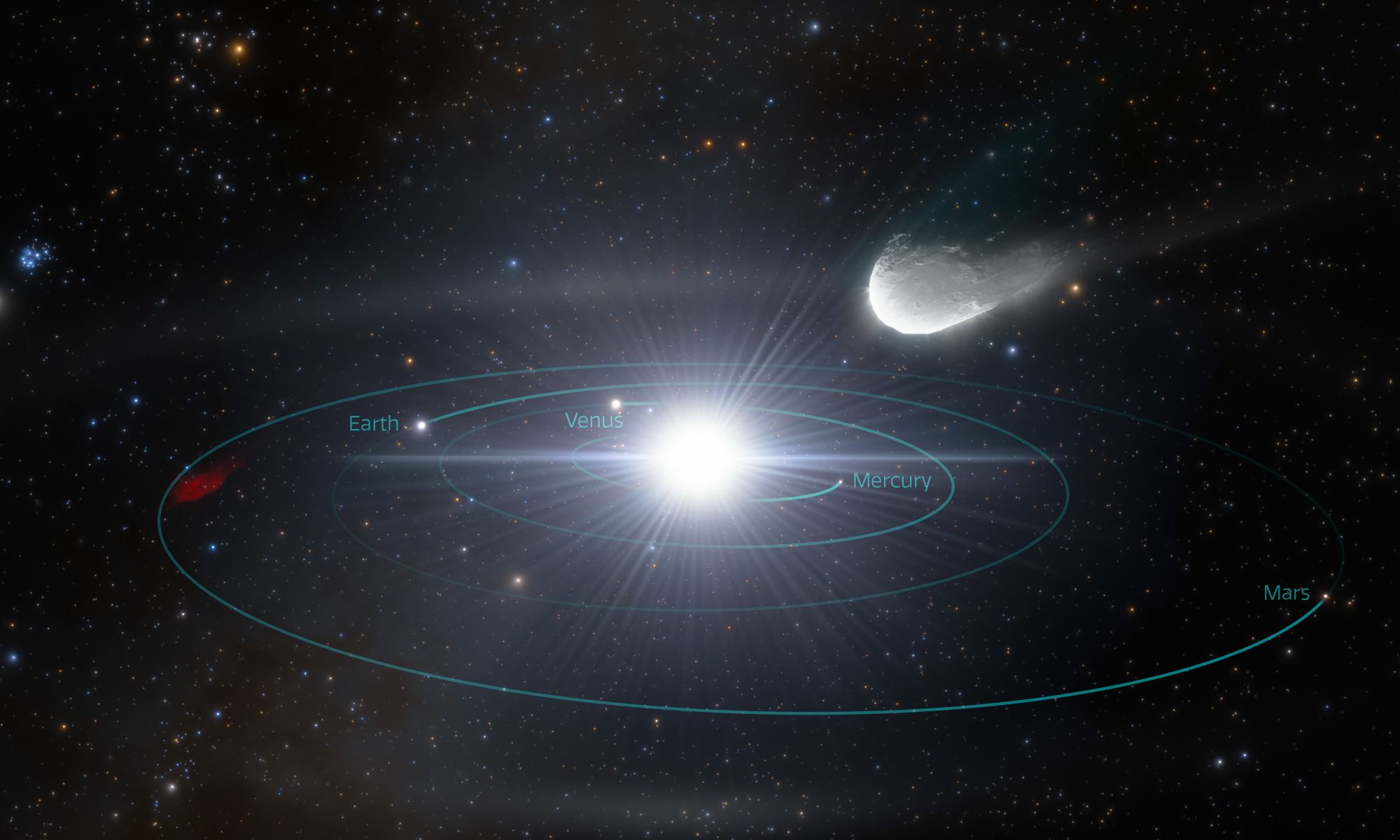Searching for Earth 2.0 has been an obsession of almost all exoplanet hunters since the discipline’s dawn a few decades ago. Since then, they’ve had plenty of technological breakthroughs help them in their quest, but so far, none of them have been capable of providing the clear-cut image needed to prove the existence of an exo-Earth. However, some of those technologies are undoubtedly getting closer, and one of the most interesting is utilizing a system called a multi-grated vector vortex coronagraph (mgVVC). Researchers funded by ESA think it may hold the optical properties to enable space-based telescopes like the Habitable Worlds Observatory (HWO) to finally capture the holy grail of exoplanet hunting – and it may be ready for prime time as early as next year.
Continue reading “How to SUPPPPRESS Light From a Star That Is Ten Billion Times Brighter Than Its Habitable Exoplanet”How to SUPPPPRESS Light From a Star That Is Ten Billion Times Brighter Than Its Habitable Exoplanet










